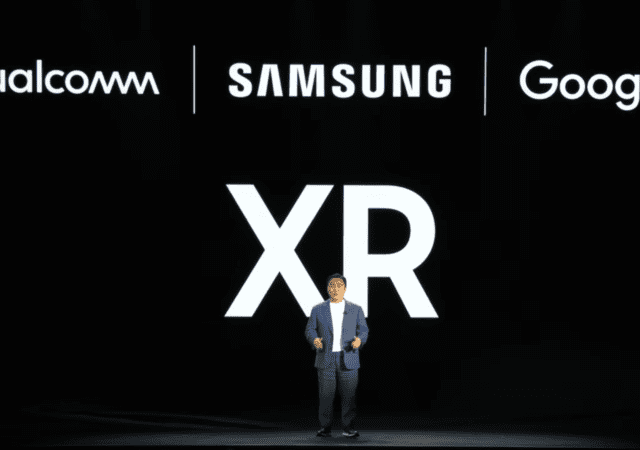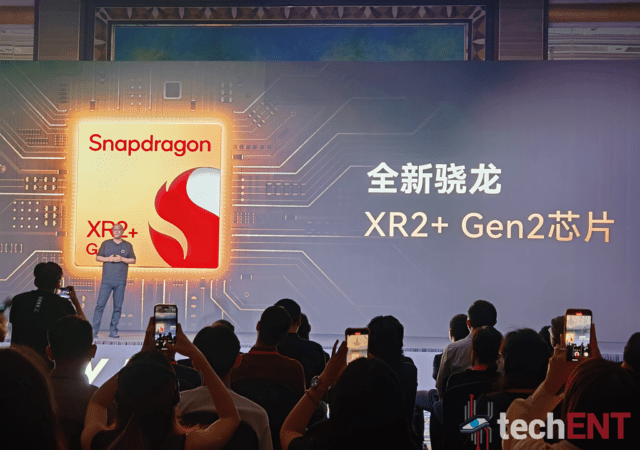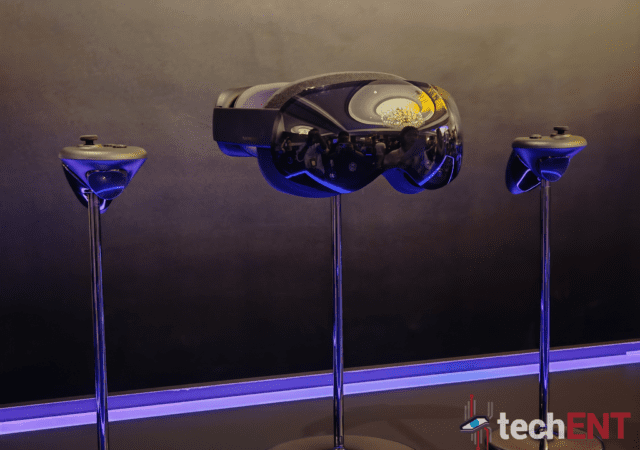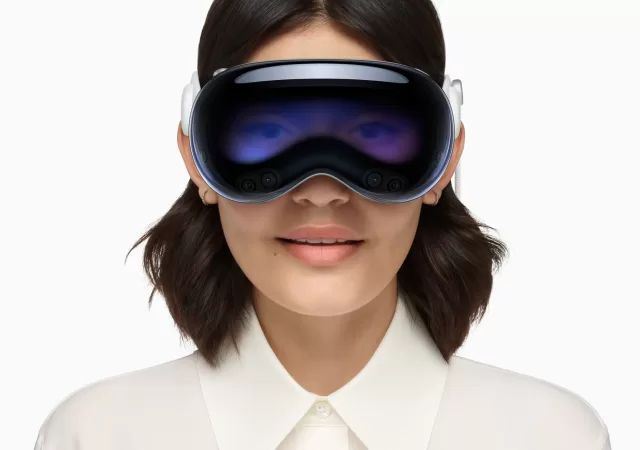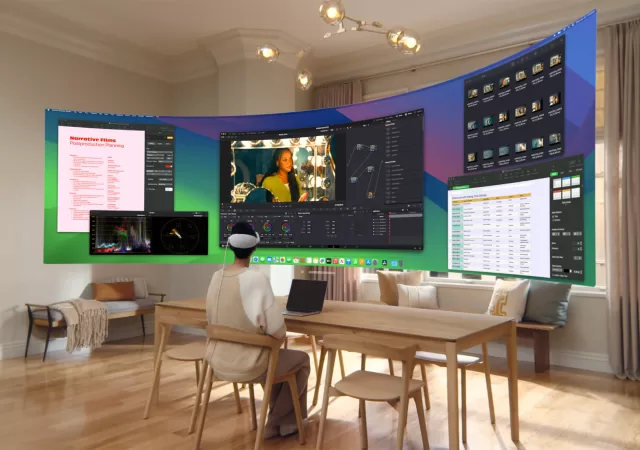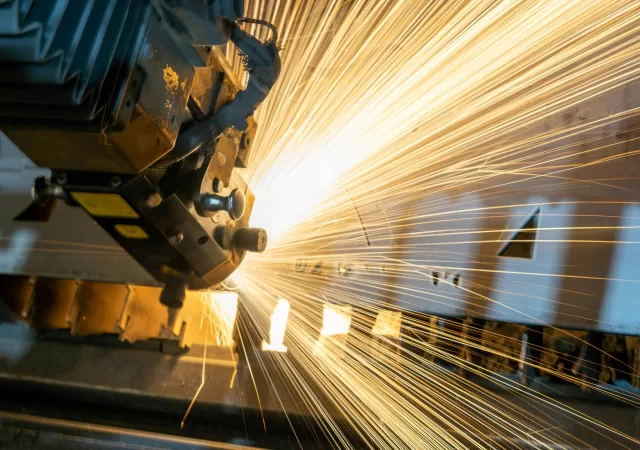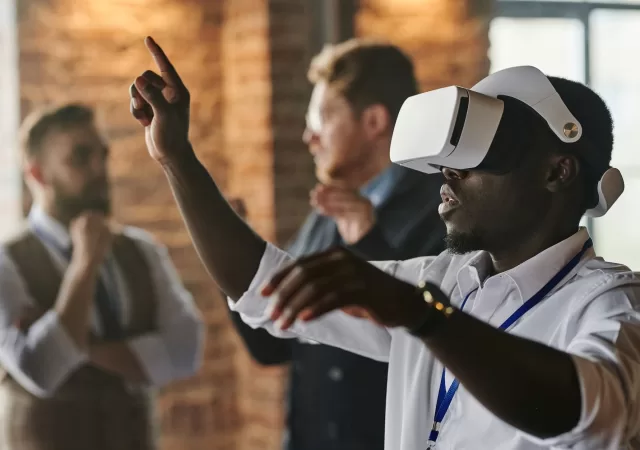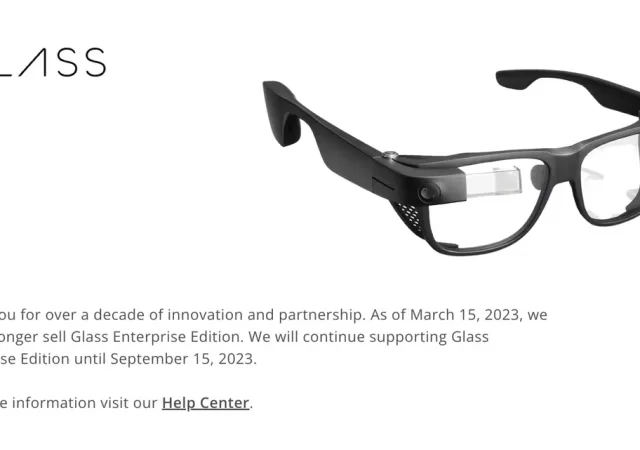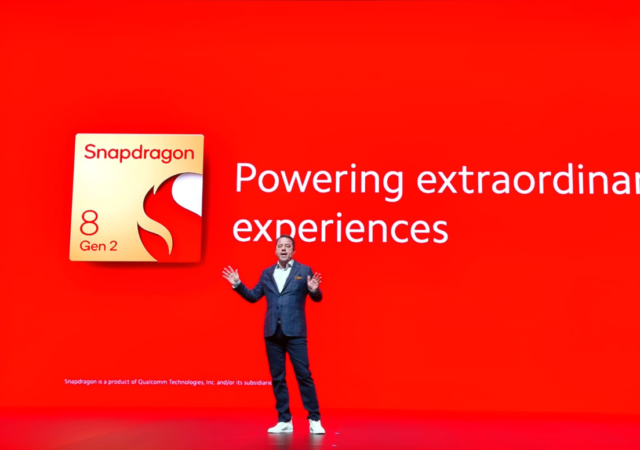Samsung teases an upcoming collaboration with Google that will bring a new XR headset to rival the Apple Vision Pro.
Play For Dreams Technologies Spread Its Wings into Asia Pacific Region with Singapore Expansion
Play for Dreams Technologies, a China-based spatial computing innovator, is expanding its operations into Asia Pacific.
Play For Dream MR Takes on Apple’s Vision Pro at a Lower Price Point
Play for Dream Technology, a mixed reality company currently based out of China, is taking Apple’s Vision Pro head-on with its new Play for Dream MR. The new mixed reality headset is not only bringing a lot of the features…
Apple’s Vision Pro Headset Available in New Regions Starting June 28
Apple announces expanded availability for its popular Vision Pro augmented reality headset starting on June 28, 2024.
Apple Vision Pro Getting More Features with VisionOS 2
Apple reinvigorates the Apple Vision with visionOS 2 that brings improvements and new features that build on the headset’s successful launch.
Increase Productivity for Production and Manufacturing Processes
Discover how Lenovo’s advanced technologies such as high-performance computing, AI, and spatial computing can improve production processes.
Adopting New (Virtual and Augmented) Realities for Manufacturing
Augmented & virtual reality is changing the game of the manufacturing industry. AR/VR allows efficiency, enhanced employee training & cost cuts. Contributor Varinderjit Singh from Lenovo Malaysia explains the use of AR/VR in manufacturing.
[WWDC 2023] The Apple Vision Pro – The Apple Computer on Your Face
Apple introduces the Vision Pro, the first ever “spatial computing” experience in the world for a cool US$ 3,499.
Google Glass Bites the Dust – Support Officially Ending in September 2023, Sales Has Ceased
Google Glass has stopped selling their Glass hardware this week and announced that they will stop supporting the device in September 2023.
[MWC 2023] Qualcomm enhances IoT with iSIM, partnerships to leverage Snapdragon Spaces and Qualcomm Aware
Qualcomm continues to drive innovation for IoT at MWC 2023, with a host of announcements for both their hardware and software platforms. iSIM announced for Snapdragon 8 Gen 2 platforms The highlight of these announcements is the unveiling of Integrated…



